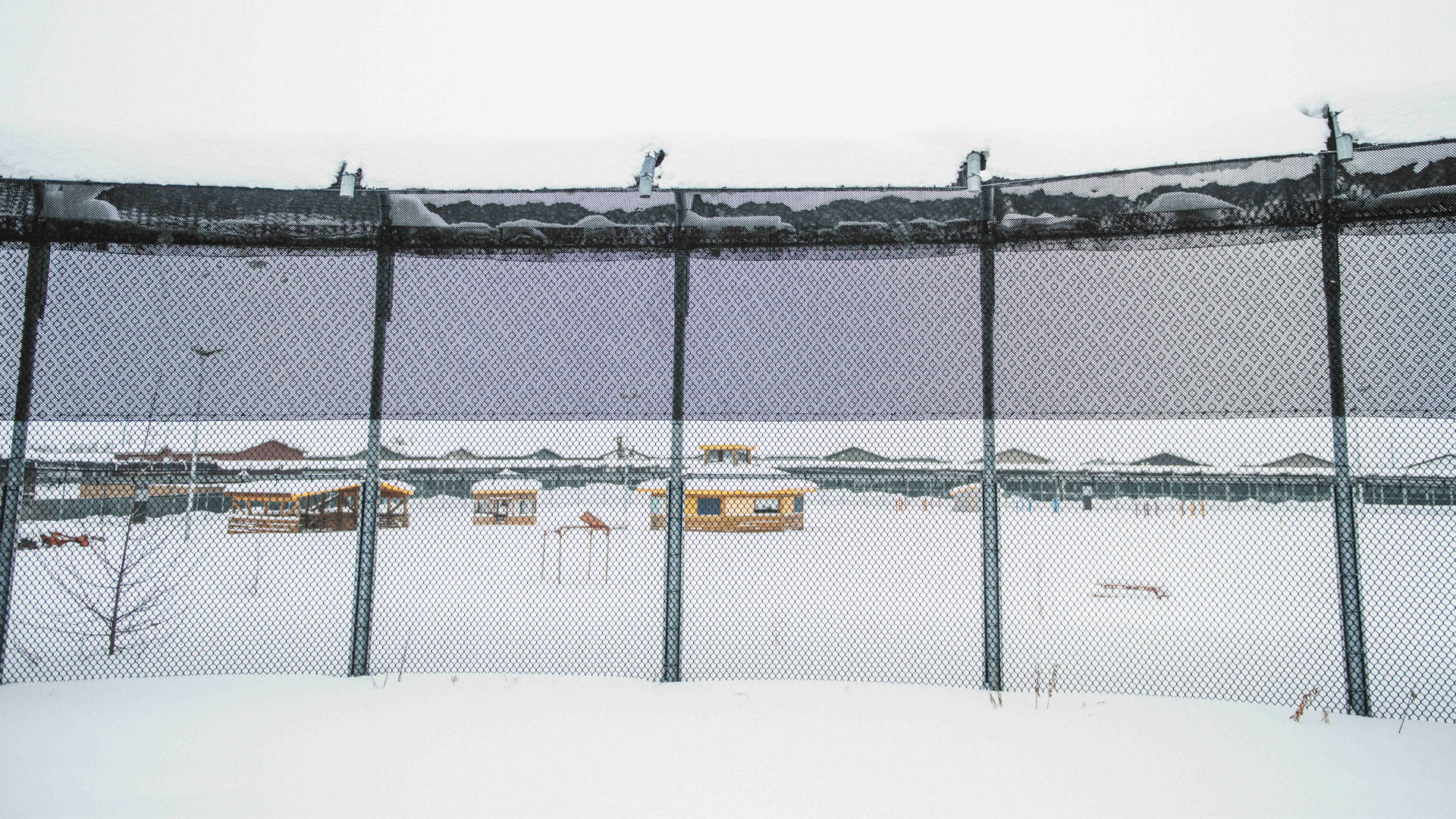
The recent death of Const. Grzegorz Pierzchala has triggered widespread discussion about Canada’s bail system. Following the incident, all provincial premiers and territorial leaders called on the federal government to create a reverse onus at bail hearings for people facing charges related to possession of a loaded, prohibited or restricted firearm.
Generally, the Crown must show why an accused should be detained or released on certain conditions. Reverse onus puts the obligation on the accused to show why they should be released. Failing that, the accused may be detained until trial.
The Criminal Code already includes many reverse onus provisions related to firearm offences, to theoretically ensure public safety. Firearm offences are serious matters that have widespread impact in our communities. However, research shows that tough-on-crime bail mentalities have never kept our communities safe. By looking at these provisions and what has happened with recent reverse onus legislative amendments, we see it is doubtful that the premiers’ call to expand this approach will enhance public safety.
The federal government should therefore reject the call from the premiers and territorial leaders. Instead, it should focus on dealing with the social and economic root causes of crime.
Bail and firearm reverse onus provisions
Regardless of whether a reverse onus provision is in place, a judge must always consider whether the accused can be released without having a detrimental effect on public safety. Our Criminal Code is already littered with numerous reverse onus provisions. Notably, if someone is released on bail and then is alleged to have committed another offence – regardless of the offence – they will be in a reverse onus situation.
There are several other reverse onus provisions that already apply to firearm-related offences, even for first-time offenders. For example:
- Trafficking, importing or exporting weapons.
- Discharging a firearm with intent.
- Discharging a firearm recklessly.
- Attempted murder, sexual assault with a weapon, aggravated sexual assault, forcible confinement, robbery or extortion, if it is alleged to have been committed with a firearm.
- An offence involving a firearm, prohibited weapon or device, restricted weapon or device, etc., while being under a court order that prohibits them from having these items.
Despite the numerous reverse onus provisions that already exist in the Criminal Code, no link between their use and public safety has been made by careful research. Crime rates throughout Canada have continued to decline, even as the rate of people facing pre-trial detention has risen.
The term “firearm offences” covers a wide scope of alleged criminal activity. The premiers’ suggested reverse onus expansion could ensnare anyone from an individual arrested for carrying a loaded firearm in the back of their jeans to a passenger in the back seat of a car carrying four other people when a loaded firearm is found in the trunk.
Reverse onus provisions already fly in the face of fundamental Charter values, such as the presumption of innocence. The new suggested reverse onus provision for firearm offences would likely face constitutional scrutiny. It has the potential to be overly broad and disproportionately impact marginalized groups already disadvantaged at getting bail.
Reverse onus provisions in Bill C-75
In June 2019, Bill C-75 was approved, amending the Criminal Code to introduce a reverse onus at bail for an accused person charged with an offence against an intimate partner if that person has a prior conviction for a similar offence. The Liberal government claimed that such a provision would better protect women and children, in turn making our communities safer.
Calls for harsher bail laws are misguided
A young man’s death and systemic problems with jail and bail
However, almost four years later, no research supports the idea that this reverse onus provision has kept women and children safer. Those in our courts daily know that intimate partner violence cases continue to take up an enormous amount of the docket. While supporters of the amendment may say it is too early to see its impact, the history of reverse onus provisions in our Criminal Code signals that little has been accomplished to enhance public safety.
Reverse onus provisions and pre-trial detention are temporary band-aids that do not promote public safety. Whether directed towards intimate partner violence or firearm offences, they are reactionary responses to alleged crime. Prevention – in the form of social resources focused on empowering communities by addressing poverty, housing, youth well-being and mental health – is the way forward to safer societies.










